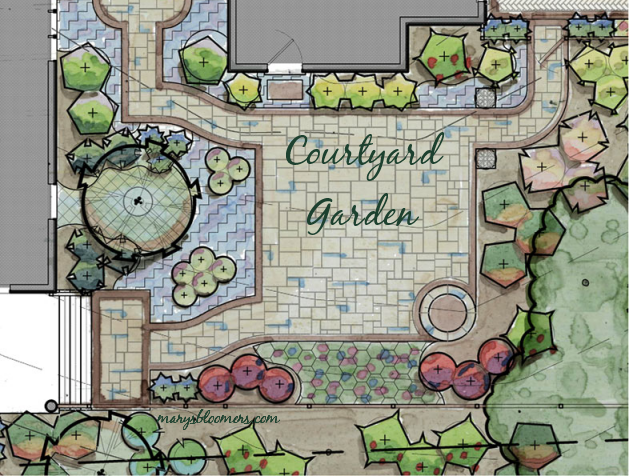|
The Mighty Little Container Garden A
container garden on balconies and terraces is a great way of growing what
you want,
Before swooping down on your garden or home center for plants and planters, Ask yourself.....
Is your balcony or terrace windy? The higher up you are, the more wind you are likely to have, and hot drying winds can damage your plants. Use the lattice or wire trellis that will hold your plants to block prevailing winds, while providing support. Wind is drying, and you'll have to water containers more often. How hot is garden area? If heat is an issue, plant tropical plants. Succulents and jungle plants love the hot climate. If
your balcony has room for a bistro table or small metal round end tables,
create a succulent bowl. It's very pretty, adds dimension to your garden, and
they are low maintenance. You can stuff a bunch of succulents of different
varieties into the succulent bowl. You can purchase large stone or clay bowls
just for succulents. And it needs very little watering. You can plant each plant
very close to one another, without it looking crowded. The bowls look like
pretty sculptures if growing the plants close together. One more little thing.... It would be very cool if you are blessed with a large harvest of vegetables, herbs or flowers, that you gift a little something to your fellow balcony, terrace, or courtyard neighbors. You might convince them to grow their own small-space garden. At the very least, you'll get a smile and maybe a new friend. Especially if your ivy is visiting their balcony. Vertical
gardening - AKA Intensive Gardening
|
||
|
||
|
Download these free garden designs you can adapt to your urban or small space garden Just click the pic to start downloading the .pdf Download A Courtyard Garden Plan by
Southern Living
These are my
favorite planters and
trellises for both raised bed and container gardening. |
|
|
|
This site uses Watermarkly Software |


























